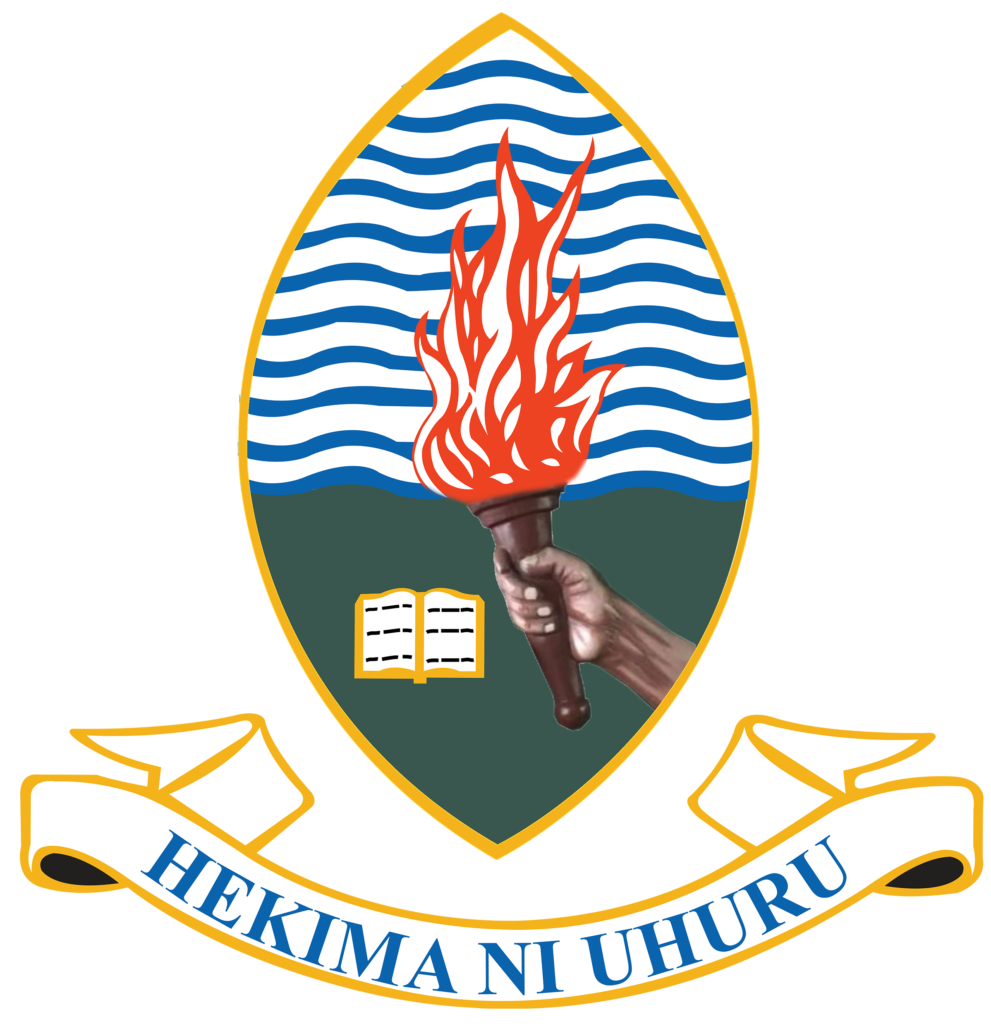Background:
Child protection is the responsibility of every member of society, as it helps safeguard them from any harm they might encounter in their lives. The Ministry of Community Development, Gender, Women, and Special Groups (MoCDGWSG) in Tanzania, among other responsibilities, has the mandate to oversee adherence to child protection practices and set measures to prevent and respond to violence, abuse, neglect, and exploitation against children in all settings. However, several child protection concerns happen in the community and thus require various forms of intervention from the responsible authorities. Management of information related to these concerns requires clear documentation for the easy generation of reports needed for planning and decision-making. For a long time, data on child protection has been collected using paper tools, making it difficult to track their progress. Due to this challenge, experts from the University of Dar es Salaam (UDSM) DHIS2 lab, in collaboration with the ministry and UNICEF Tanzania, developed the District Case Monitoring System (DCMS) implemented on the DHIS2 platform.
The DCMS System is a tracker-based case monitoring system meant to provide detailed electronic recording and reporting suitable for the process of identifying, referring, and responding to cases of child abuse. It allows the registration of cases involving children in conflict with the law (CICL) and violence, abuse, neglect, and exploitation (VANE) against children. Registration of child protection cases is done at the village level by district social welfare officers (SWO), who monitor their progress until they are closed.
Implementation Method:
The requirements for recording, monitoring, and reporting child protection cases were thoroughly collected from key stakeholders, including the MoCDGWSG, President’s Office Regional Administration and Local Government (PO-RALG), UNICEF Tanzania, and other implementing partners working on child protection services. The requirements were then analyzed by the UDSM DHIS2 Lab team in order to come up with specifications to inform the design and customization of the DHIS2 tracker capture. Thereafter, a user-friendly system was produced, trained to end users (SWOs), and in 2017, the DCMS was first piloted in 4 selected districts in Tanzania.
Results and Discussion
The rollout of DCMS was conducted in phases, and by March 2021, the system was rolled out to the entire country (184 district councils). Through DCMS, SWOs have been able to register the cases reported in the village and update them on their progress, including investigations and interventions done up to case closure. More than 2,000 child protection cases are reported and monitored through DCMS every year. Moreover, SWOs are now able to track child protection cases and use DHIS2 core analysis tools, dashboards, and scorecards to monitor child protection interventions for evidence-based decisions and planning at national and sub-national levels.
The DCMS has tremendously impacted the process of child protection case management in Tanzania by providing an efficient way to monitor child protection interventions for evidence-based planning and decision making. As a result, DCMS implementation spearheaded the current vision of the Ministry to have an integrated comprehensive social welfare information system to incorporate tracking of all social welfare services.


